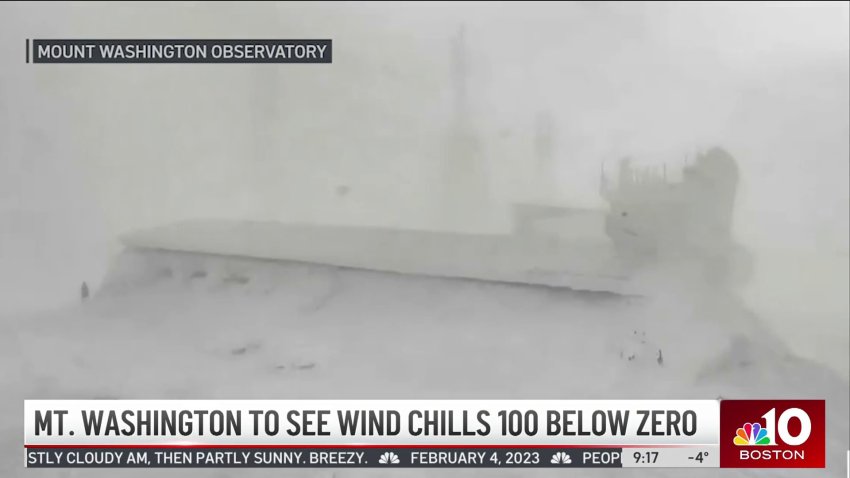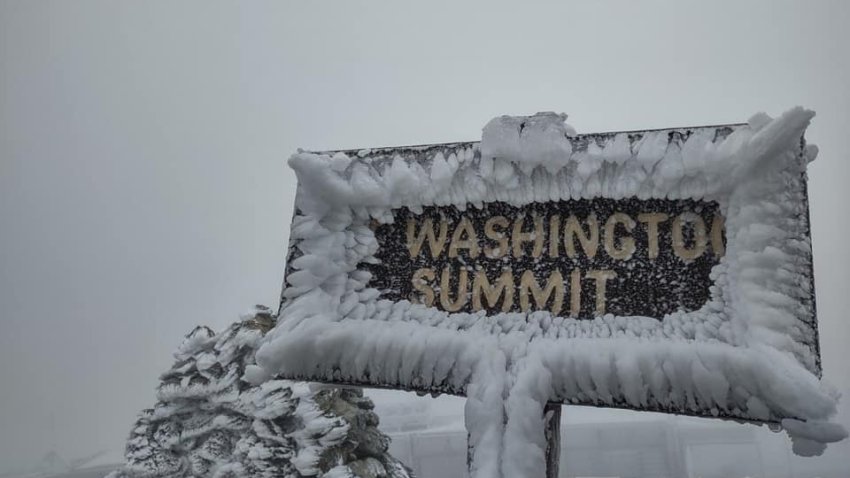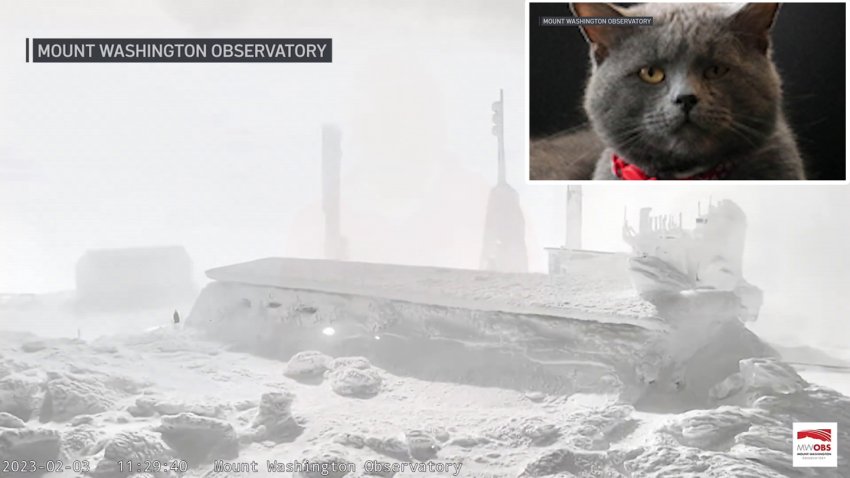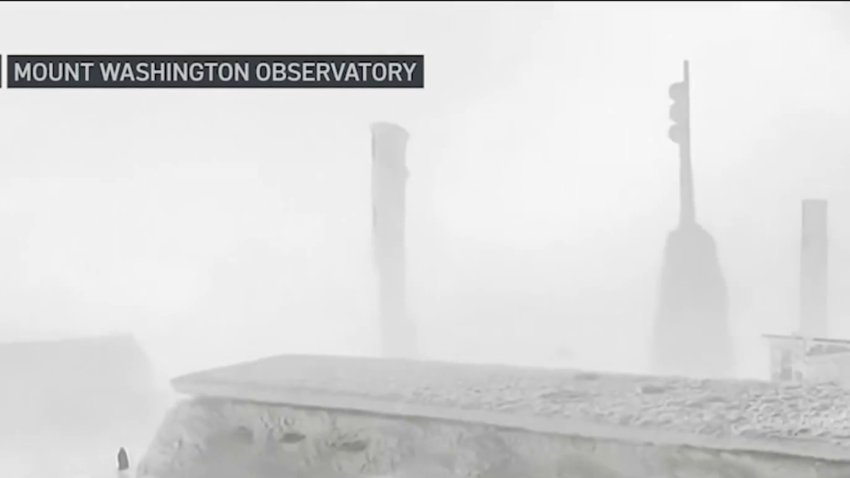-

Mount Washington Sees Wind Chill at US Record -109 Degrees
By Saturday at 7 a.m., temperatures had dipped as far down as -45 degrees, two degrees shy of the lowest ever, with a wind chill that made it feel like -109, a new wind chill record for the observatory.
-

Arctic Blast Sets Weather Records, Including New Lowest US Wind Chill in NH
New England experienced record-breaking cold as arctic air swept into the region Friday and Saturday, dropping temperatures below zero for millions. One place laid a claim for coldest in New England: Mount Washington Observatory in New Hampshire’s White Mountains, which made history nationwide. As of about 3 p.m. Friday, the observatory had already hit 36 degrees below zero, breaking the…
-

Mt. Washington Observatory's Cat Is Grumpy, But Not From the -32° Temperature
In one of the coldest and windiest places in the United States, a cat dozed through a historic storm Friday, with winds whipping up to 120 mph and the thermometer dropping far below -32 Fahrenheit. Nimbus, the cat who lives 6,288 feet above sea level at Mount Washington Observatory in New Hampshire’s White Mountains, was nice and warm while the…
-

Mt. Washington Bracing for Wind Chills of 100 Below Zero
The highest peak in the Northeast is expecting extreme temperatures Friday and Saturday.

